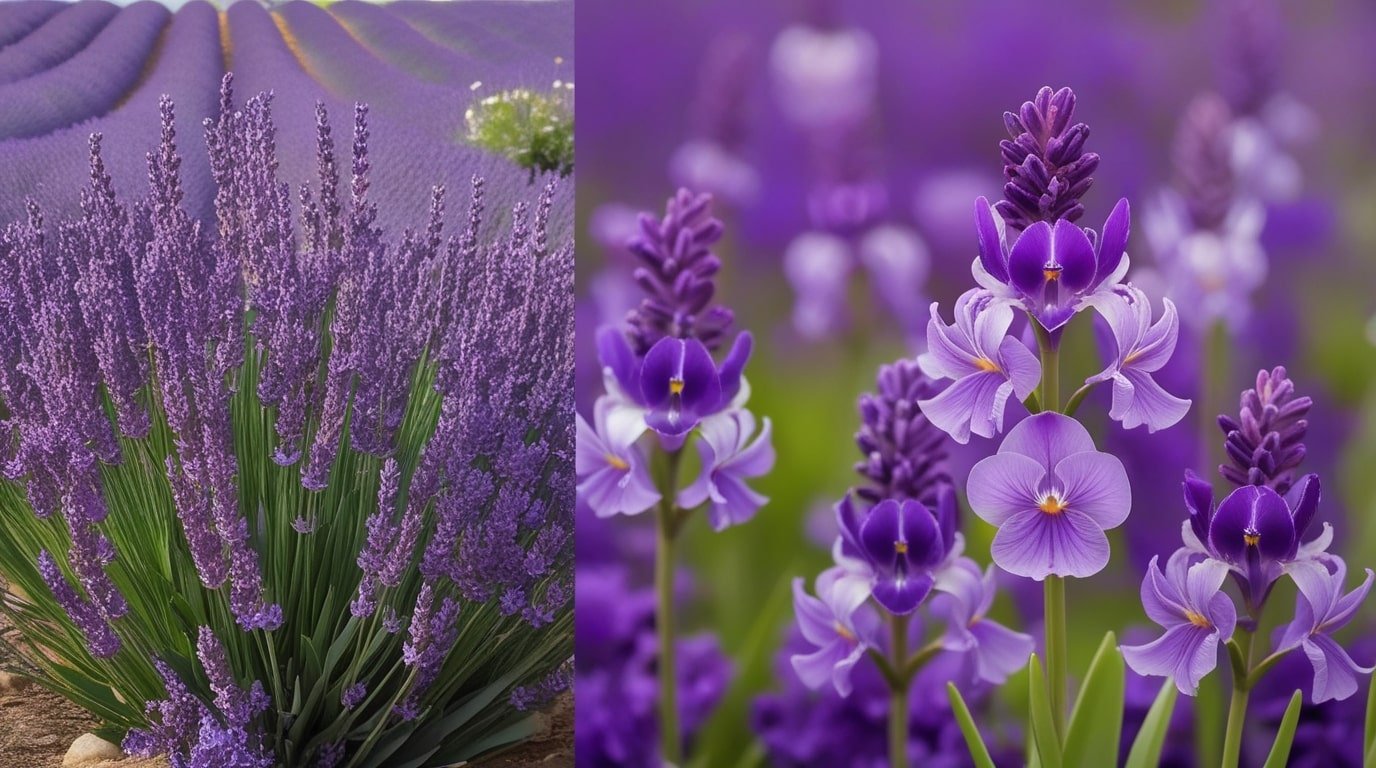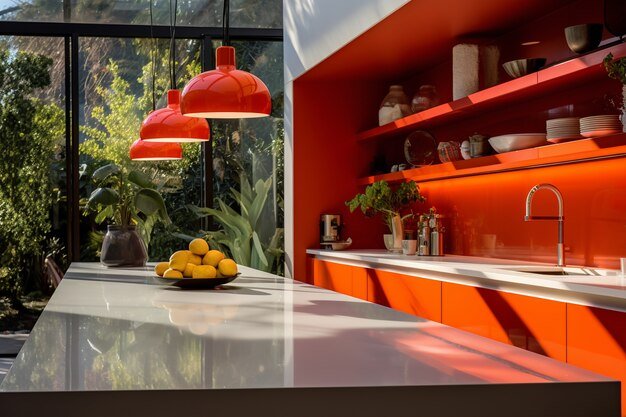Purple flowers have captured many’s hearts with enchanting beauty and deep symbolism. These blossoms are often associated with royalty, elegance, and mystery. From lavender fields stretching endlessly to delicate violets in a spring meadow, purple flowers are a sight. They add vibrancy to gardens and are sought after for bouquets and unique arrangements. The mesmerizing hue of purple flowers symbolizes wealth, power, and creativity, making them a favorite for various occasions.
Types of Purple Flowers and Their Charm
Nature offers a wide assortment of purple blossoms, each with its exceptional charm. Lavender, known for its soothing fragrance, is popular for gardens and essential oils. Lilacs bring a touch of romance to any setting with their clusters of blooms. Irises, often associated with wisdom and valor, showcase stunning shades of purple. Other popular purple flowers include pansies, hyacinths, and wisteria. Each flower carries its own story and charm, contributing to the rich tapestry of nature’s palette.
Purple Flowers in Home Gardening
Incorporating purple flowers into home gardens can transform outdoor spaces into vibrant retreats. These flowers thrive in various climates, making them a versatile gardener choice. Purple flowers add depth and color to any garden design, whether planted in beds, borders, or containers. Lavender, for instance, is beautiful and attracts pollinators like bees and butterflies. Similarly, violets and petunias are low-maintenance options that bloom profusely. Purple flowers can turn any garden into a serene and captivating space with proper care.
Symbolic Meanings of Purple Flowers
Purple flowers hold profound symbolic meanings that vary across cultures and contexts. Historically, purple was a rare and expensive color, often reserved for royalty and nobility. As a result, purple flowers symbolize wealth, luxury, and prestige. In addition, they are associated with spirituality and mysticism, making them a popular choice for meditation spaces and ceremonies. The rich symbolism of purple flowers also includes admiration and love, so they are often gifted to express deep emotions and respect.
The Role of Purple Flowers in Celebrations
Purple flowers are a favorite choice for weddings, anniversaries, and other celebrations. Their unique color adds a touch of sophistication and romance to any event. Bouquets and centerpieces featuring purple flowers create an atmosphere of elegance and charm. Lavender and lilacs are particularly popular for weddings, symbolizing devotion and purity. Purple orchids are a common choice for anniversaries, representing strength and rare beauty. Whether used in grand arrangements or simple bouquets, purple flowers elevate the mood of any celebration.
Purple Flowers in Environmental Restoration
Purple flowers are essential in environmental restoration projects because they attract pollinators and improve soil quality. Plants like purple lupines and salvia add beauty to degraded landscapes and contribute to ecological balance. They are increasingly used in reforestation and meadow restoration initiatives to rejuvenate ecosystems. The vibrant presence of purple flowers in such projects signifies hope and renewal, making them crucial in restoring nature’s harmony.
Innovations in Cultivating Purple Flowers
Horticultural advancements have led to innovative ways of cultivating purple flowers, resulting in more resilient and visually stunning varieties. Researchers and gardeners have developed hybrid species of purple flowers that can withstand harsh weather conditions and bloom for extended periods. This innovation has made it easier for people to enjoy purple flowers regardless of climate or gardening experience. Additionally, sustainable practices in flower farming now ensure that cultivating purple flowers has a minimal environmental impact. These breakthroughs pave the way for a future where purple flowers remain accessible and appreciated by future generations.
Purple Flowers in Fashion and Design Trends
Purple flowers’ captivating beauty has inspired countless fashion and design trends. Their rich hues are often reflected in clothing, accessories, and interior décor. Designers use patterns of purple flowers to create elegant and timeless looks that appeal to people of all ages. In-home design, floral wallpapers, and upholstery featuring purple flowers add a touch of sophistication and charm to spaces. This trend extends to seasonal decorations, where wreaths and centerpieces adorned with purple flowers become focal points. The influence of purple flowers in fashion and design demonstrates their timeless appeal and versatility.
The Cultural Significance of Purple Flowers
Purple flowers have deep cultural significance in different parts of the world. In Japan, purple wisteria symbolizes enduring love and beauty. In Europe, violets are often associated with modesty and faithfulness. Native American traditions use purple flowers in rituals to represent healing and spiritual connection. Their universal appeal transcends borders and cultures, making purple flowers a symbol of unity and inspiration. Whether in purple flowers have a timeless presence that continues to captivate.
Growing and Caring for Purple Flowers
Caring for purple flowers involves understanding their specific sunlight, soil, and water needs. Lavender prefers well-drained soil and plenty of sun, while violets thrive in shaded areas with moist soil. Regular pruning and deadheading encourage continuous blooming and maintain the plant’s health. Purple flowers also benefit from organic fertilizers and pest control measures. By providing the proper care, gardeners can enjoy the beauty of purple flowers throughout the growing season.
Purple Flowers in Modern Design and Decor
The striking color of purple flowers makes them a popular choice in modern design and décor. Whether used in floral arrangements, wall art, or upholstery, these flowers add a touch of sophistication to any space. Dried lavender bundles are often used as natural air fresheners, while violet-themed wallpapers bring a whimsical touch to interiors. Purple flowers also play a significant role in creating themed events and seasonal decorations. Their versatility ensures they remain a timeless choice for traditional and contemporary designs.
The Role of Purple Flowers in Pollinator Gardens
Purple flowers are a vital component of pollinator gardens, attracting bees, butterflies, and hummingbirds. Plants like lavender, salvia, and asters provide nectar and pollen for these essential creatures. By planting purple flowers, gardeners contribute to biodiversity and the health of local ecosystems. These flowers not only support pollinators but also enhance the garden’s visual appeal. Purple flowers create a harmonious balance between beauty and environmental sustainability, making them an invaluable addition to any garden.
Purple Flowers as Gifts
Gifting purple flowers is a thoughtful way to convey emotions and sentiments. Bouquets of purple roses or orchids are ideal for expressing admiration and love. Lavender bundles make excellent gifts for those who appreciate natural beauty and aromatherapy. Purple flowers’ unique color and symbolism make them a perfect choice for various occasions, from birthdays to graduations. When chosen thoughtfully, purple flowers can leave a lasting impression and bring joy to the recipient.
The Timeless Appeal of Purple Flowers
Purple flowers have a timeless appeal that transcends trends and seasons. Their captivating beauty and rich symbolism make them a favorite among flower enthusiasts. Whether utilized in nurseries, flower bundles, or home style, these blossoms carry polish and appeal to any setting. The versatility of purple flowers allows them to adapt to different styles and purposes, making them a cherished choice for generations. Their enduring popularity is a testament to their unique place in the world of flora.
The Future of Purple Flowers in Horticulture
The horticulture industry continues to innovate with new varieties of purple flowers. Hybridization and selective breeding have led to more vibrant and resilient blooms. These advancements ensure that purple flowers remain accessible and appealing to gardeners and consumers alike. Purple flowers are also integrated into eco-friendly landscaping and urban greening projects as sustainability awareness grows. The future of purple flowers is bright, with endless possibilities for their use and appreciation.
Conclusion:
Purple flowers are more than just a visual delight; they are symbols of beauty, culture, and nature’s diversity. Their unique color and versatility make them a favorite for various purposes, from gardening to gifting. By understanding their significance and care requirements, we can fully appreciate the charm of purple flowers. Whether in a garden, a bouquet, or a piece of art, these flowers inspire and enchant people worldwide. Allow us to praise the getting through charm of purple blossoms and the delight they bring to our lives.


